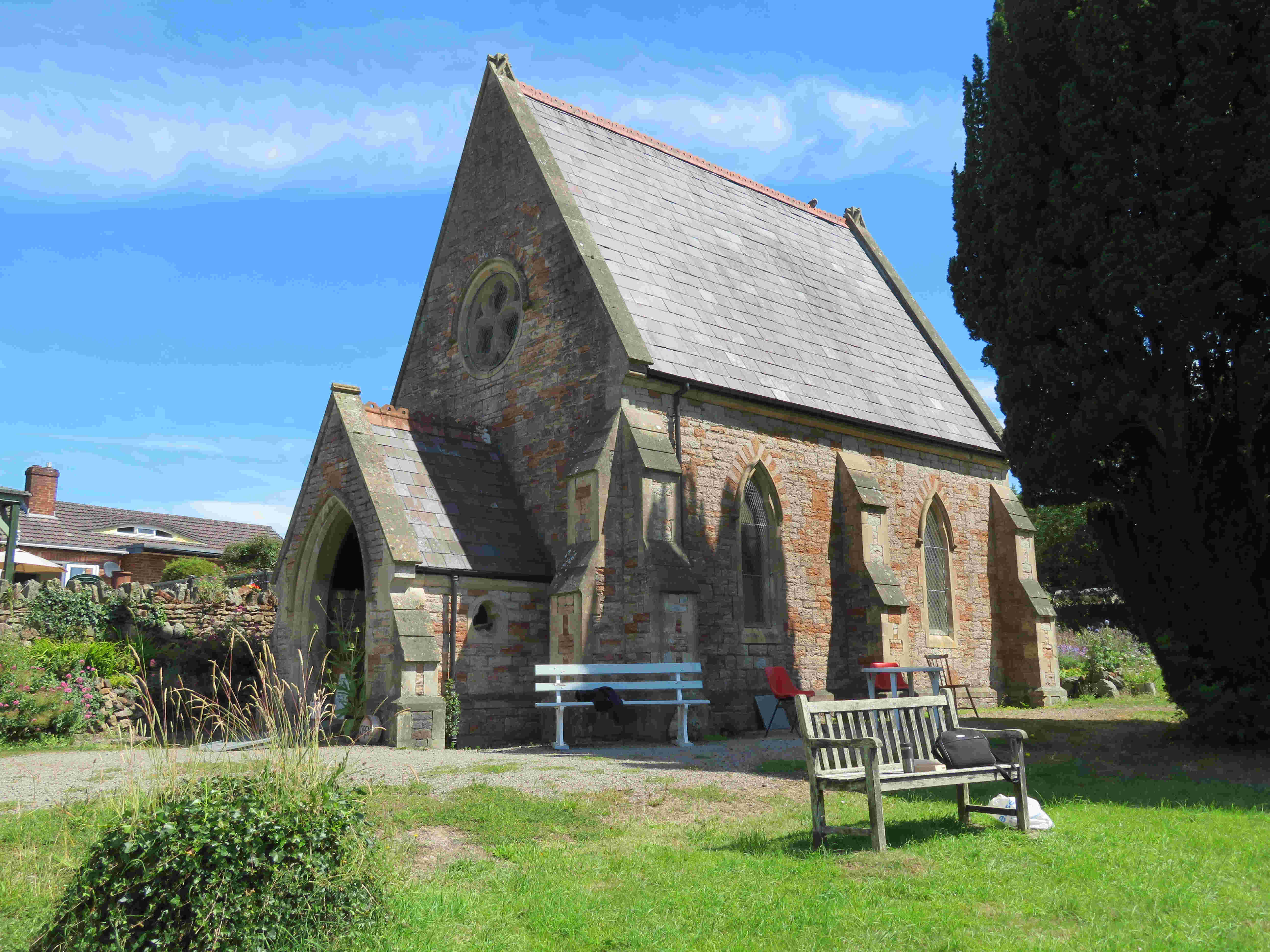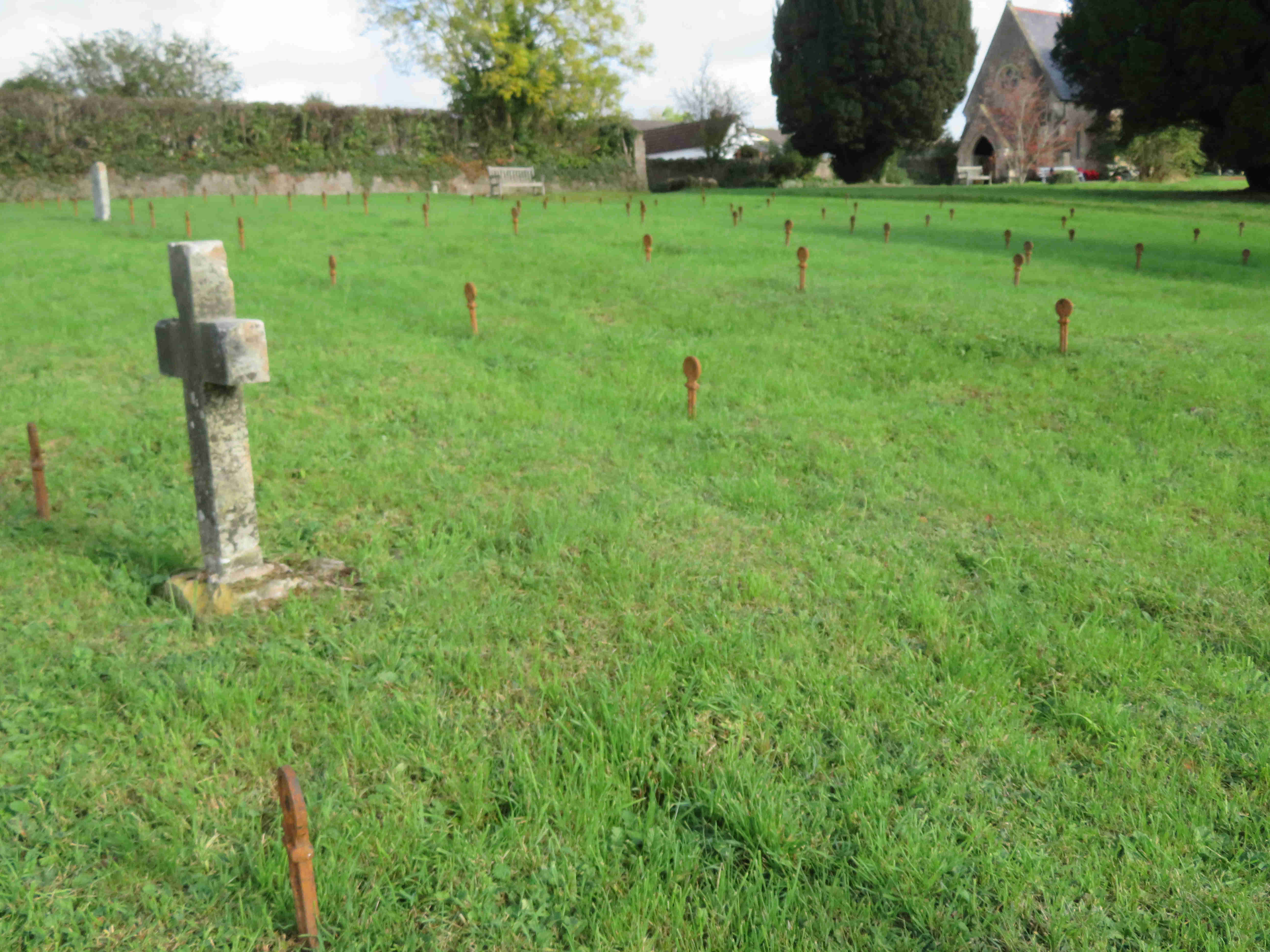 Mortuary chapel
Mortuary chapel
The Lunacy Act and the County Asylums Act were passed by Parliament tin 1845. These acts superseded the County Asylums Act of 1808 which had led to the establishment of a small number of asylums. The new act established a framework for the administration and inspection of asylums, headed by commissioners reporting to the Home Secretary.
Mendip Hospital opened in 1848 as the Somerset and Bath Pauper Lunatic Asylum at Horrington, near Wells. The Bath Chronicle of Thu 2 Mar 1848 p4 reported ‘WELLS.-The County Lunatic Asylum erected near this city is now ready for the reception of paupers chargeable to the several poor-law unions within the county, and some of the Boards of Guardians have obtained orders for the immediate transfer of all their lunatics from private asylums to the county asylum here. . .’ A patient’s cost was chargeable to their parish. Private asylums in the area existed at Bailbrook House, Bath, Brislington and Box. It was reported in 1850, in a case concerning someone ‘not in a fit state to be transferred to the county asylum’ that the cost of keeping a person at Bailbrook House was 12 shillings per week (Bath Chronicle Thu 17 Oct 1850 p3).
For the period 1848-1854 burials were at East Horrington and, when this became full, at the Wells Cemetery. However, in 1873 the Wells Burial Board gave notice to the Visiting Committee of the Asylum ‘that no further interments of the remains of pauper lunatic dying in the asylum would be permitted after the remaining nine spaces had been filled up’ (Wells Journal 29 May 1873 p4). Later that year the hospital tried to buy land for a cemetery with a sum of £100 being requested at the Somerset Quarter Sessions to complete the purchase (Bath Chronicle 16 Oct 1873 p3). From the Bath Chronicle of Thu 6 Aug 1874 p3 in an article on the 28th Annual Report by the Commissioners in Lunacy: In our last Report we stated that money had been voted by the Quarter Sessions for the purchase of some land for the purpose of forming a special cemetery for the use of the Asylum. The difficulties which then existed relative to the fencing of the ground, the erection of a mortuary chapel, and the intended road of approach, have since been overcome; and the approval of the Secretary of State has been obtained to a contract for the purchase of 4½ acres of land, 2½ acres of which will be appropriated to the purposes of the cemetery. The purchase money amounted to £400, and a further expense of £38 has been incurred in acquiring a roadway.’
In July 2000 the NHS Estates offered the cemetery to be sold at a public auction describing it as a “freehold development opportunity”; this statement was later acknowledged by an NHS representative to be an error. It was withdrawn from sale at the last minute following intervention by Wells MP David Heathcoat-Amory representing the views of many local people. Immediately a group called The Friends of Mendip Hospital Cemetery was established with the objective of keeping the site in pristine condition and to encourage people to visit on open weekends.
According to the burial register the first burial occurred in 1874. The ground was extended in 1921 by one and a third acres (0.54 ha), this additional ground being consecrated by the Bishop of Bath & Wells (Wells Journal Fri 9 Dec 1921). It closed in 1962 with subsequent burials occurring at Wells Cemetery at Portway run by the City Council. The hospital closed in 1991, the building and grounds at South Horrington being converted into houses and flats.
 Grave markers
Grave markers
As might be expected there are very few memorials, about two dozen survive and four of these are for members of the staff. However, the plots have numeric markers in cast iron. Unlike church and municipal cemeteries each plot was used, in almost all cases, for burying just one individual. About 20% of those buried had an abode of Bath.